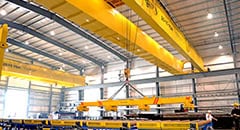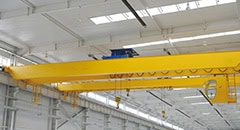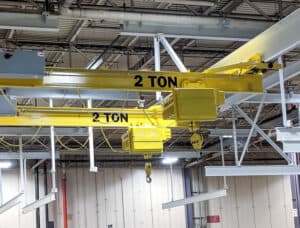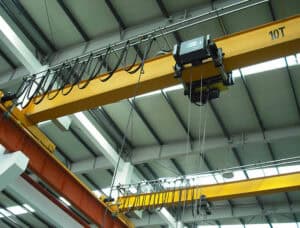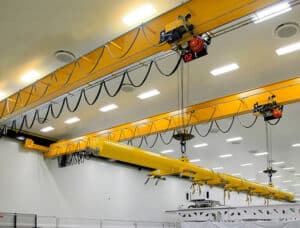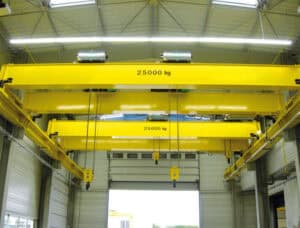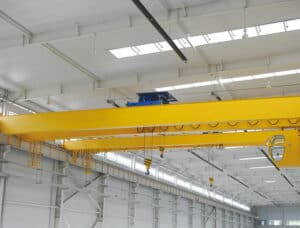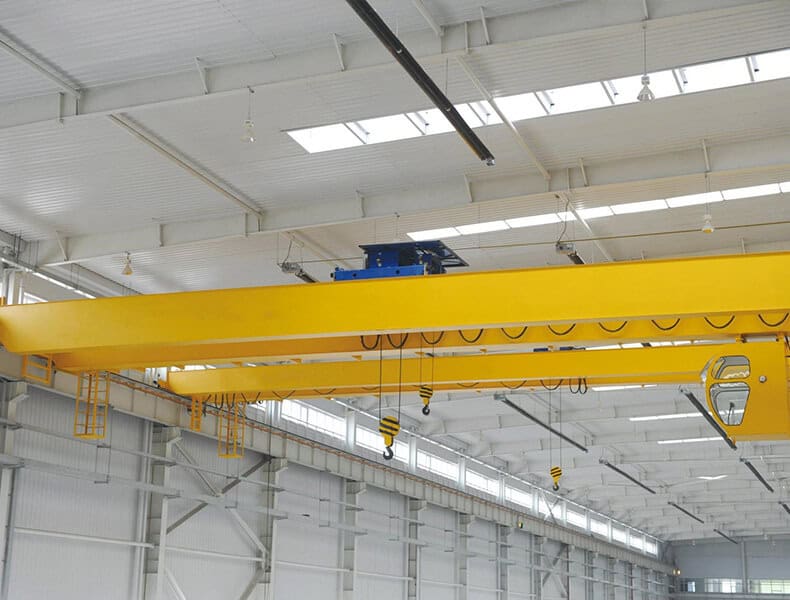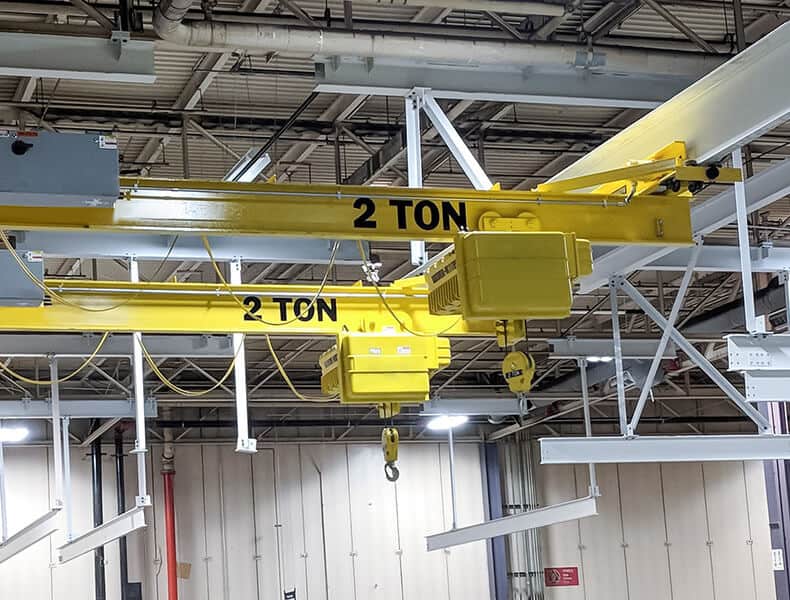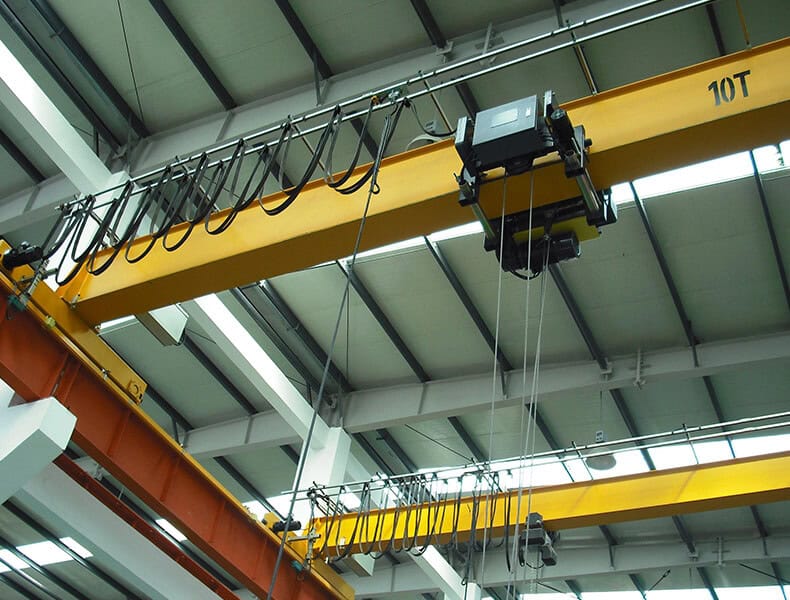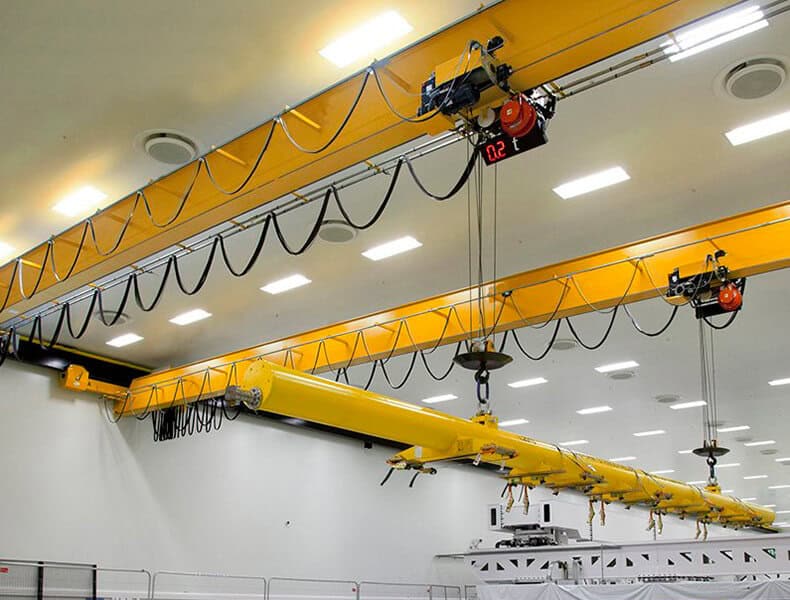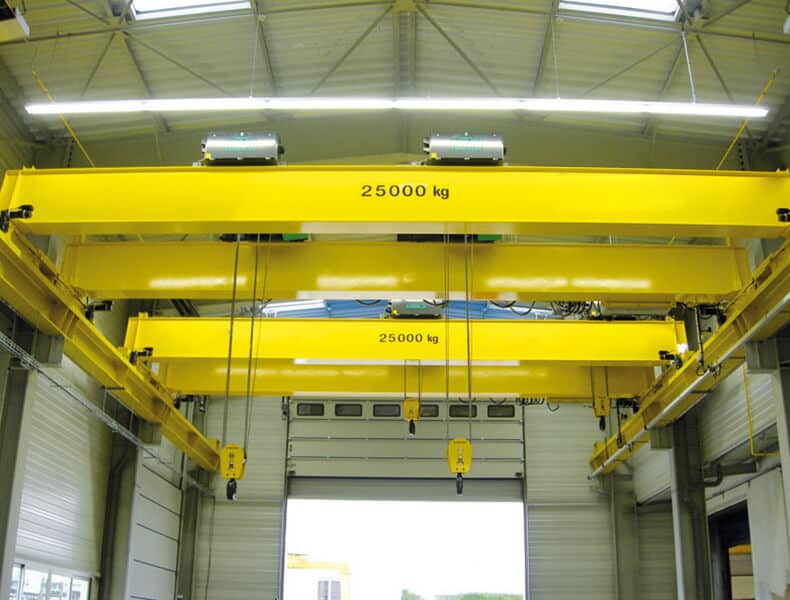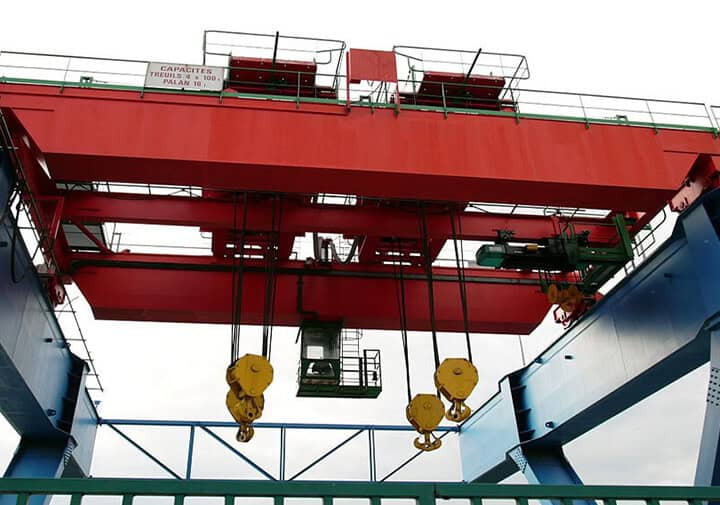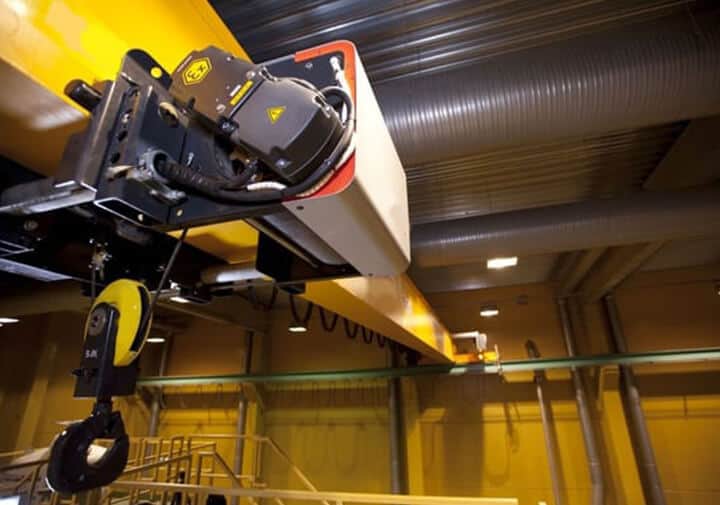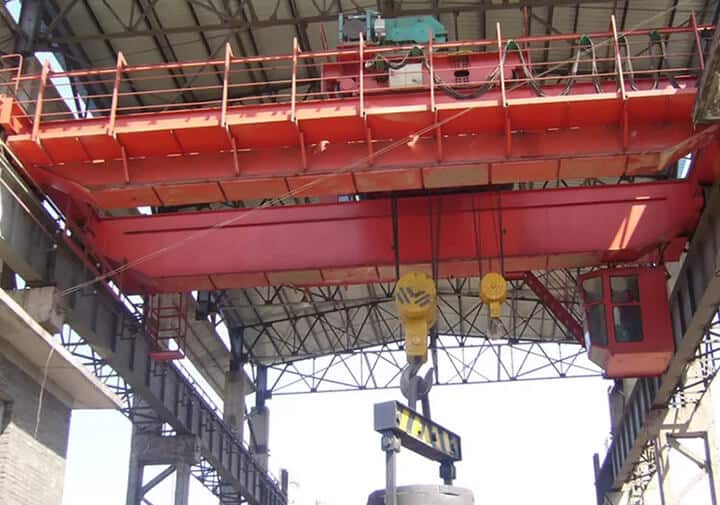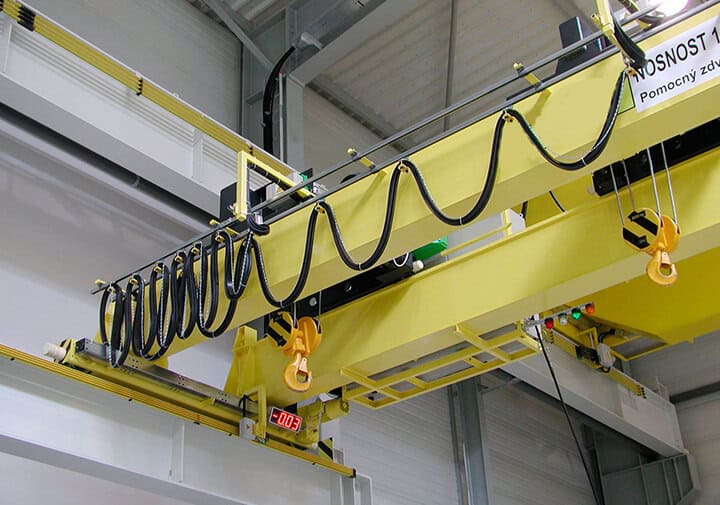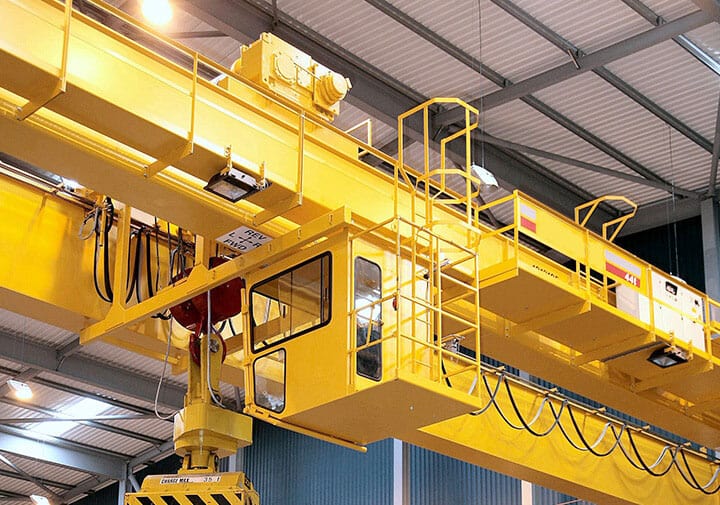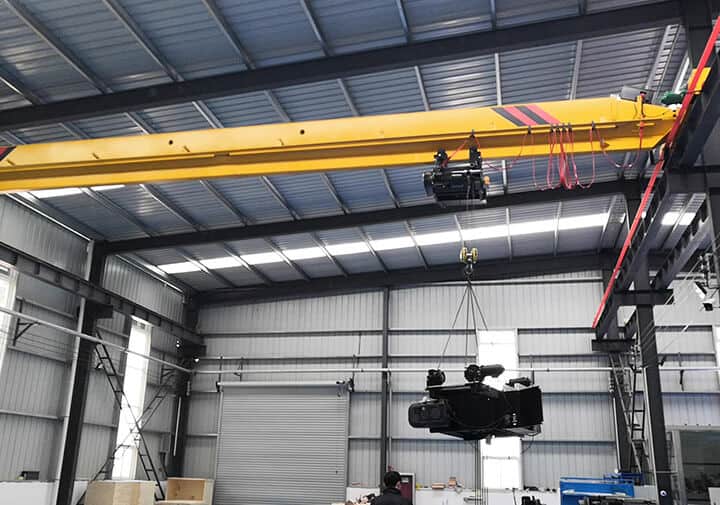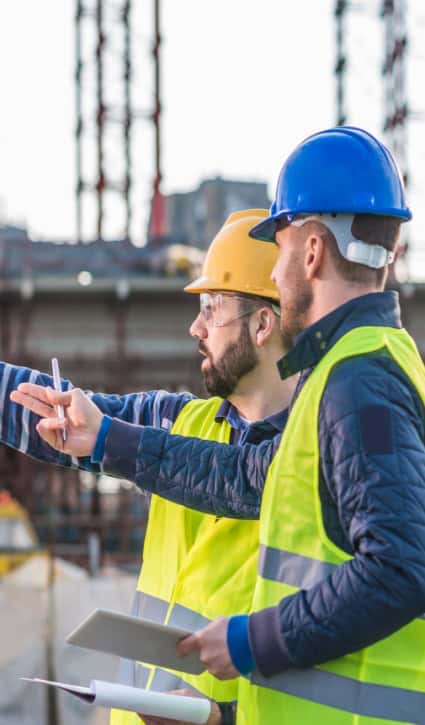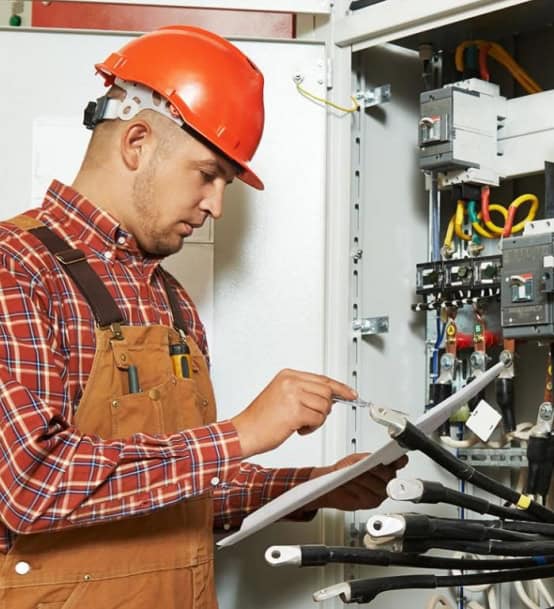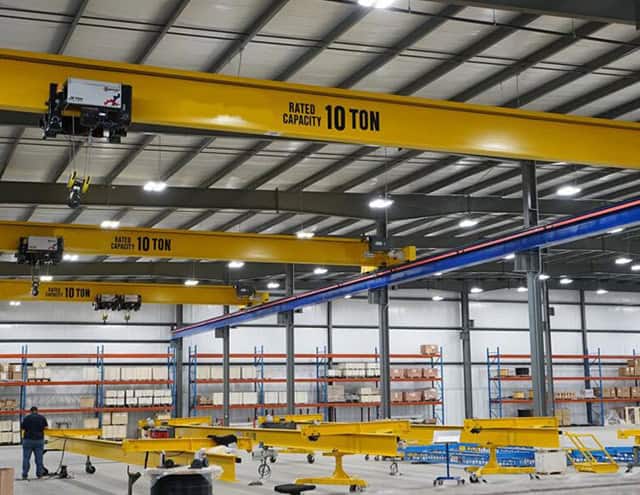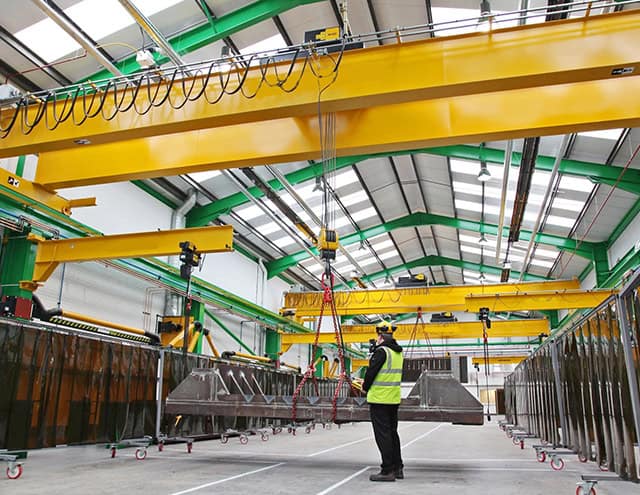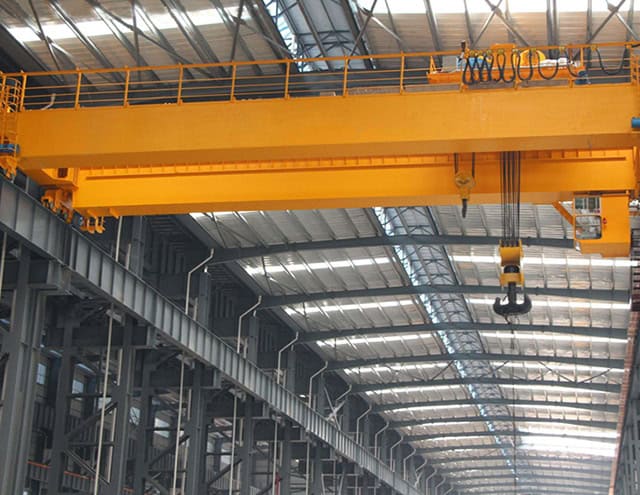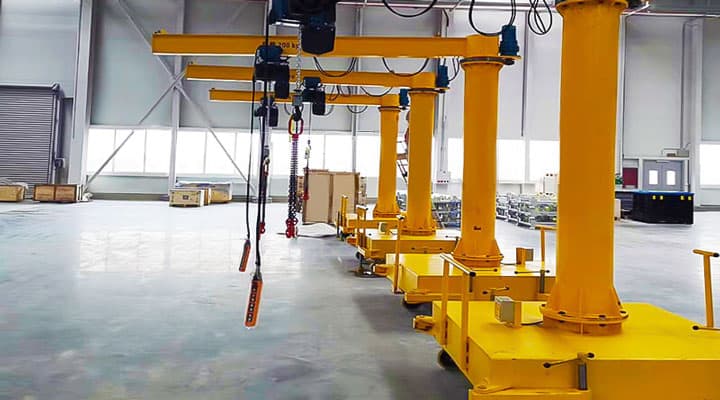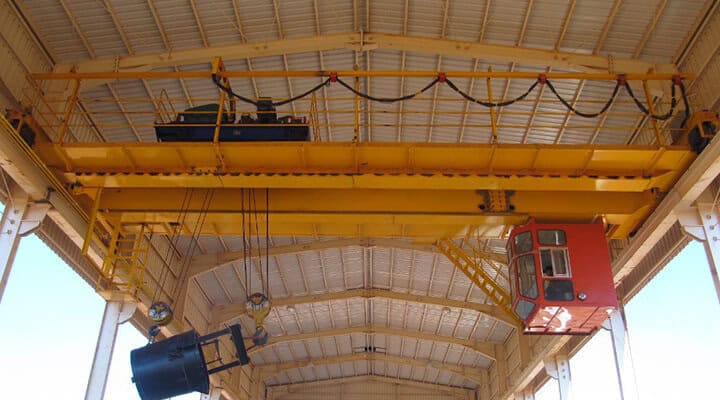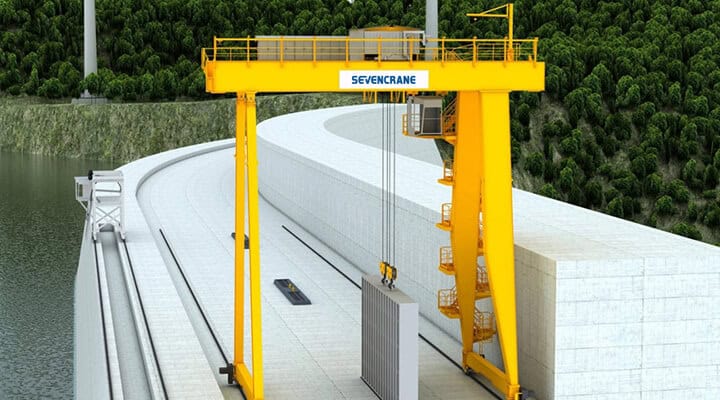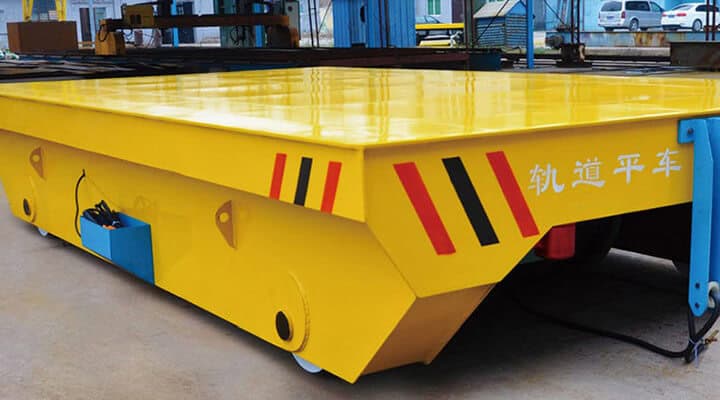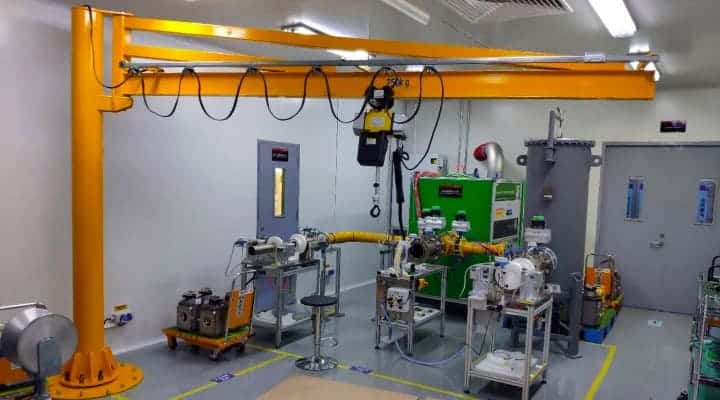Введение
✪When producing explosion-proof cranes, it is necessary to conduct a demand analysis first. We will work with customers to formulate detailed user requirement specifications based on factors such as function, performance, and operating environment, and then determine development goals.
✪Next, preliminary program design must be carried out. Based on demand analysis, formulate plans, including function and parameter settings, basic calculations, preliminary 3D drawings, etc., and then conduct preliminary reviews with customers. The next step is the detailed scheme design, the second trial with the client and the drawing of the floor plan. Finally, all technical documentation is produced, including promotional and technical samples as well as product instruction manuals.
What Makes a Crane Explosion-Proof?
Explosion-proof cranes are specially designed to operate safely in hazardous environments where flammable gases, vapors, dust, or fibers may be present. Their construction ensures that no component of the crane can ignite an explosive atmosphere. Here are the key features that make a crane explosion-proof:
1.Explosion-Proof Electrical Components
All electrical parts, including motors, control panels, and wiring, are enclosed in flameproof housings. These enclosures prevent any sparks or heat generated inside from igniting the surrounding environment.
2.ATEX / IECEx Certified Parts
Explosion-proof cranes are built using certified components that comply with international safety standards such as ATEX (Europe) or IECEx (global). These certifications ensure suitability for use in classified hazardous zones.
3.Anti-Sparking Materials
To prevent mechanical sparks, critical components like wheels, hooks, and brakes are made from materials such as bronze or stainless steel, which reduce friction and do not produce sparks.
4.Enclosed Design
Mechanical and electrical systems are sealed tightly to keep out flammable dust and gases. This includes sealed bearings, non-ventilated motors, and specially protected electrical junctions.
5.Grounding and Anti-Static Protection
The crane’s structure is grounded, and anti-static devices are integrated to prevent the buildup of static electricity, which could otherwise lead to an ignition.
6.Heat Control
All components are designed to operate below ignition temperatures for gases or dust present in the environment. This includes thermal overload protection and limited surface temperature designs.
Design Standards
Crane design standard GB 3811.
General Purpose Overhead Crane design standard GB/T14405
Manufacturing and tolerances of rail installation GB/T10183.
Crane wheel standard:JBT 6392
Crane test specification and procedures GB/T5905.
Crane electric control equipment JB/T4315.
Important application wire rope GB8918.
Carbon structure steel GB/T700.
Low alloy high strength structure steel GB/T1591.
Welding joint radiographic inspection standard JB928.
Steel welding joint manual ultrasonic flaw detection way GB11345.
Safety System
- Overload protection in the event of overload, the hoist unit switches off and only the lowering motion is possible.
- Long and cross travel limited by means of preliminary and final limit switches or infrared anti-collision device.
- Anti-falling protection for the Three-in-One electric motor of trolley and crane prevents from accidental falling.
- All movements can be switched off by actuating the emergency-off switch at the control station via a main contact.
- High quality long time bearing polyurethane materials buffer fixed at the end of trolley travelling and crane travelling to prevent over traveling.
- Safety hook latch used for avoiding the lifted material out off from the hook.
- Audible and visual alarm device to inform the person stay near by the travelling crane.
- Rain Cover for lifting mechanism of outdoor cranes, electric cabinet and driving mechanism.
- Protective earth conductor is fitted as standard.
- Voltage lower protection system.
- Current overload protection system and more.
Installation Service
SEVENCRANE could supply not only overhead crane but also the overhead crane solutions.
Firstly, we will supply overhead bridge crane design, overhead crane manual, overhead crane drawing, overhead crane wiring diagram, overhead crane electrical diagram, overhead crane safety video before or after delivery, our technician will do supervision the installation according to the document, of course, the customer can do installation by themselves according to their requirement.
After installation, our technician will indicate to do the load test according to the overhead crane load test procedure, then overhead crane operator training and overhead crane maintenance training.
Applications of Explosion-Proof Overhead Cranes
◾Petrochemical Plants
In environments where volatile substances like methane and propane are handled, explosion-proof overhead cranes ensure safe lifting and transportation of raw materials, equipment, and machinery for routine operations and maintenance.
◾Oil and Gas Refineries
Refineries frequently deal with highly flammable gases, making explosion-proof cranes essential for safely moving large components, conducting critical maintenance, and handling heavy-duty tools during operation.
◾Chemical Processing Facilities
Explosion-proof bridge cranes play a vital role in chemical plants by enabling the safe transfer of hazardous substances, managing storage tank logistics, and supporting the installation and maintenance of processing equipment.
◾Paint and Coating Factories
In paint and coating production, cranes must operate in areas with flammable solvents and vapors. Explosion-proof overhead cranes provide safe handling of raw materials, mixing components, and transporting products across production zones.
◾Power Generation Plants
Especially in gas turbine power stations, these cranes are used for lifting heavy machinery such as turbines and transformers. Their explosion-proof design ensures safety during maintenance and installation in potentially explosive environments.
◾Mining Industry
Explosion-proof cranes are critical in mining for handling explosives, transporting coal (which can generate combustible dust), and maintaining heavy mining equipment—all while minimizing the risk of ignition in hazardous zones.

